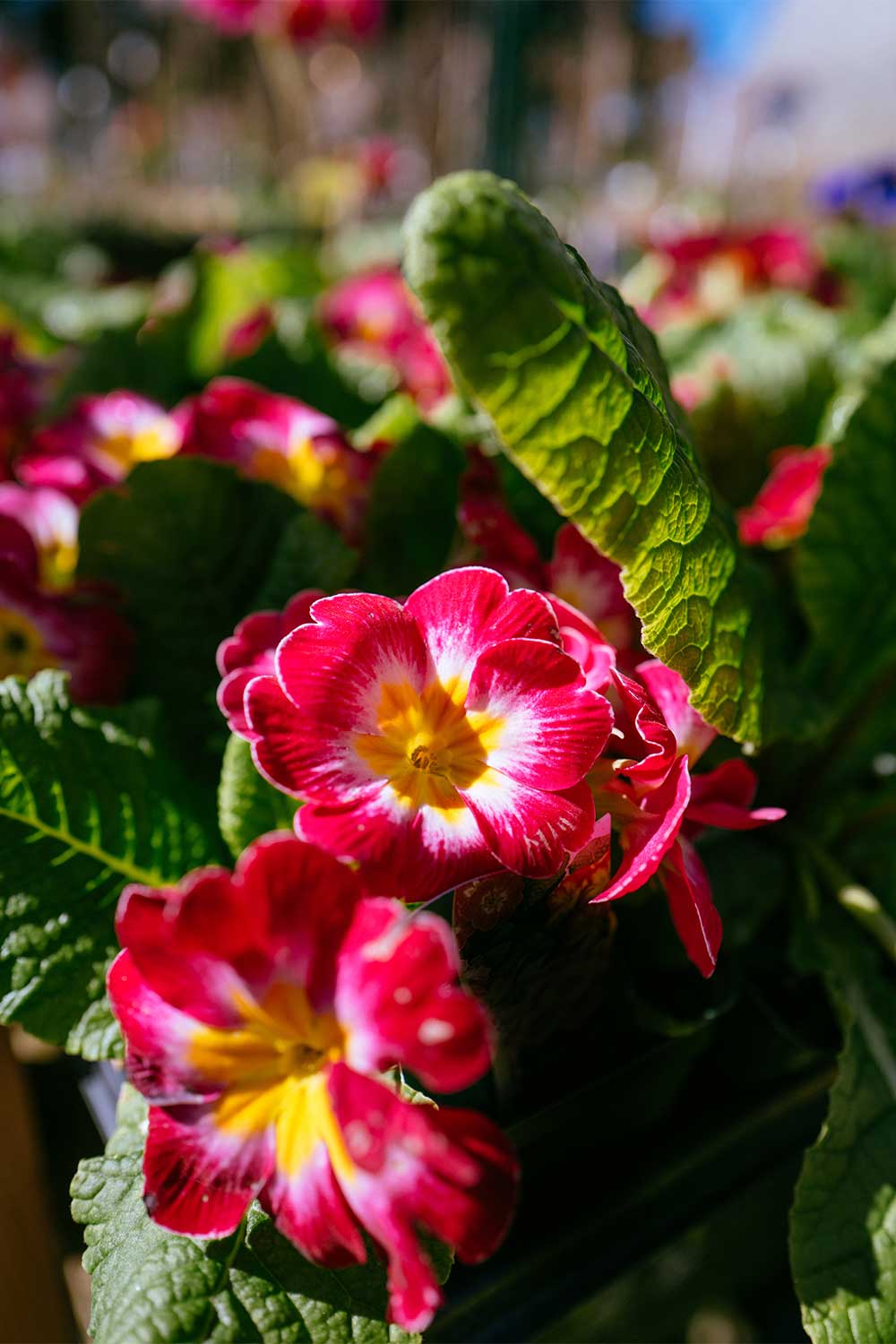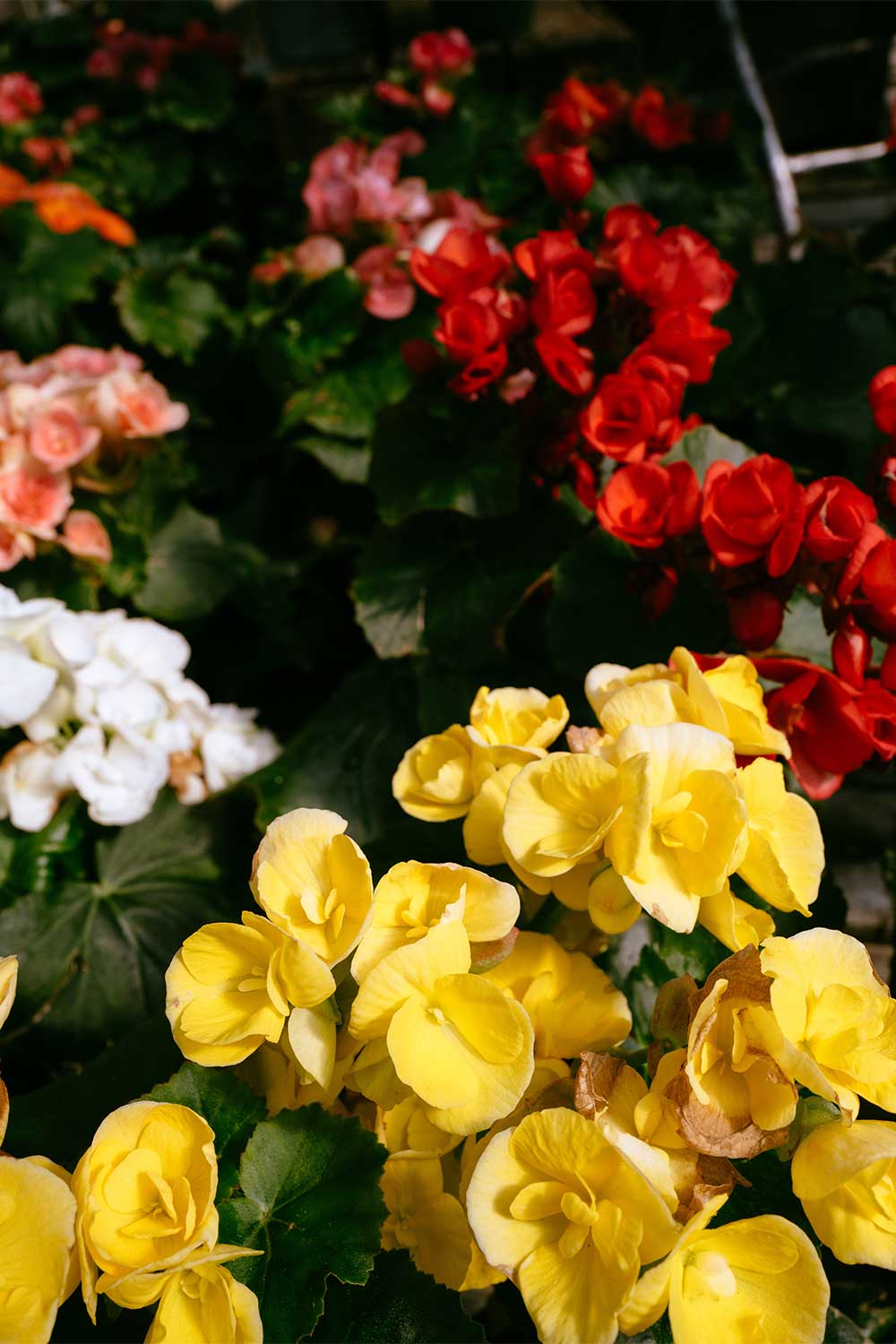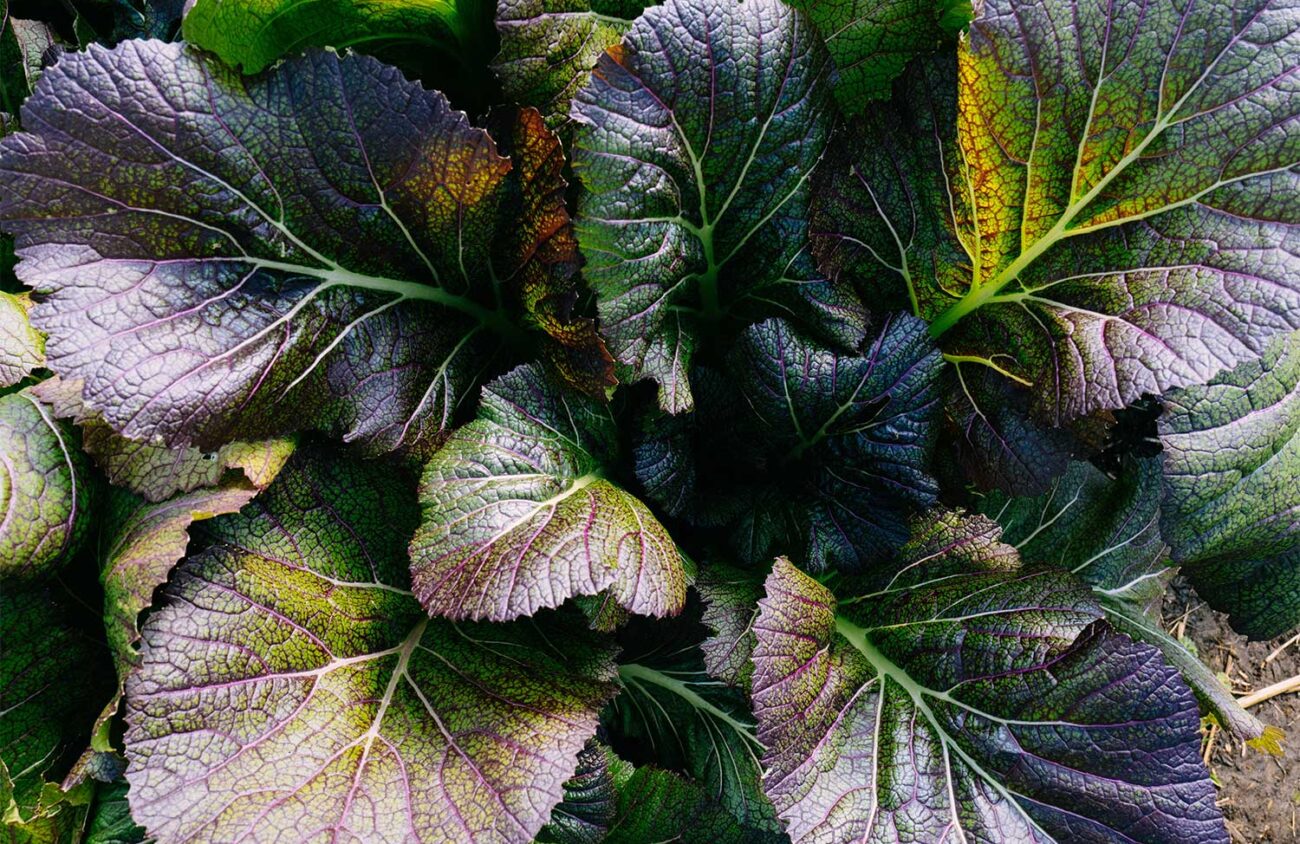My first encounter with a daffodil this year ignited me with so much joy that my plant-ignorant self announced it’s time I grounded myself with some light gardening.
Ground as in come back down to Earth, not punish like your parents used to, but who’s to say which direction this new endeavor will go?
I live in an apartment with a shady balcony. I know this adds some limitations, so I talked to Lorrie Bolivar, a plant broker, to assess the shady situation. Bolivar works for a wholesale plant nursery, Nursery Net, and travels around the state looking for the perfect plants for different commercial and private landscape projects.
Bolivar says lots of plants do well in the shade, but she recommends buying perennials, plants that come back for more than one year without needing to be replanted, because they tend to have longer blooms than annual plants and require less fertilizer.

Many salvias have long bloom times, though they require sun, Bolivar says. Hostas thrive in the shade and “get a really tall, pretty and very fragrant bloom in the middle of the summer,” she says.
Salvias are perennial shrubs. Some types are evergreen, meaning they have color all year long. Hostas are leafy, easy to maintain perennials.
I visited Eugene’s Down to Earth garden center to see what I was working with. In the rows of charming plants, I was not compelled by any shade-dwellers until I laid my eyes upon the ethereal bleeding heart, a perennial with pink, drooping, heart-shaped flowers.
Another perennial that can grow in the shade is mint, Bolivar says. Mojitos are beloved in my household, so it’s an obvious choice. Though, it’s “one of those plants that does not play nicely with others,” Bolivar says.

Mint needs to be planted in a separate pot which can then be situated in a garden bed to keep it from spreading, she says, but the pot should have a few holes and be made of plastic, ceramic, galvanized steel or any other plant-safe material.
After I asked Bolivar about many of the guidelines I assumed I needed to follow, she reassured me that my inexperience is not an issue.
“If you see plants that make you feel good, just get them,” Bolivar says. “Just try it, don’t be afraid. You’ll develop a relationship with that plant and it’ll be really fun. If you want to assign a bunch of rules to it, then it becomes more intimidating.”
As of now, my lineup includes the magnificent heart perennial and mojito mint, though I do plan to add both perennial and annual plants as summer approaches, giving me more time to scour the city for shade plants.
